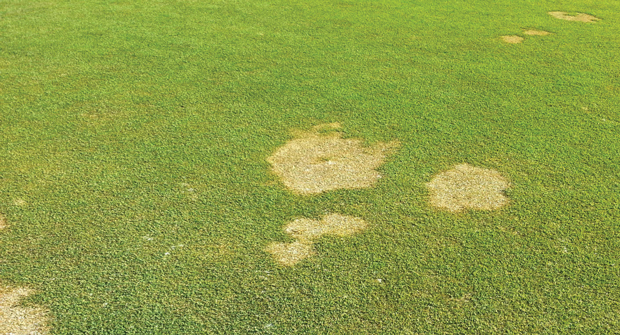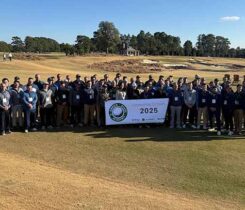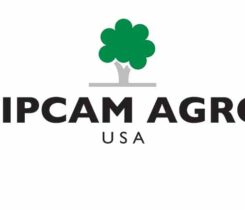It’s summer; time to prepare for winter soilborne diseases

USGA Green Section Regional Updates are a great source of information provided by agronomists as they visit golf courses throughout the year. Jordan Booth, Ph.D., director of USGA Green Section, Course Consulting Service, is frequently asked to discuss disease management.
Overall, Booth lists several effective root Pythium fungicides on the market: Serata, Segway and Banol for bentgrass greens during hot, humid summer months. However, for golf courses in the Southeast with ultradwarf bermudagrass putting greens, August is the time to start thinking about upcoming winter dormancy.
Soilborne pathogens like take-all root rot, spring dead spot and Pythium root rot are all concerns, especially in winter. The most critical time for soilborne disease management of ultradwarfs is between Aug. 1 and Nov. 15 in the Southeast.
Booth provides valuable strategies for managing critical soilborne diseases in ultradwarf bermudagrass greens:
- Treatments for take-all root rot should begin when average daily soil temperatures at the 2-inch depth drop below 86 degrees. The best programs for treating take-all root rot include DMI fungicides, and it is recommended that they be applied every 21 days until soil temperatures drop below 68 degrees.
- Treatments for spring dead spot should occur when soil temperatures drop below 70 degrees. The best programs for managing this disease include SDHI fungicides, and you should make at least two applications 28 days apart. A third application may be necessary if there is an extended fall season.
- Pythium root rot can occur year-round on ultradwarf bermudagrass. However, the most critical time to manage this disease is early August through November. Alternate applications of the most effective Pythium products with phosphonate fungicides for a robust Pythium program in the later summer and early fall.
Booth stresses that staying vigilant against soilborne diseases can make or break your year. This issue’s Super Science research article provides up-to-date information on Pythium diseases provided by the University of North Carolina.












